When you’ve heard the same “fact” repeated countless times, there’s no shame in thinking it’s true. But that doesn’t mean it always is. Some myths and misconceptions have a strange way of sticking around, even when scientists or historians have debunked time and time again. So, let’s finally set the record straight on some of the most persistent myths out there.
Cracking Your Knuckles Causes Arthritis

We’ve all heard someone say this after a loud knuckle pop, but it’s simply not true. Multiple studies have shown that cracking your knuckles doesn’t lead to arthritis. The sound actually comes from gas bubbles bursting in the fluid around your joints, not from damaging the bones or cartilage.
So while it might be pretty annoying for the person sitting next to you, it’s not ruining your hands.
Goldfish Have Three-Second Memories
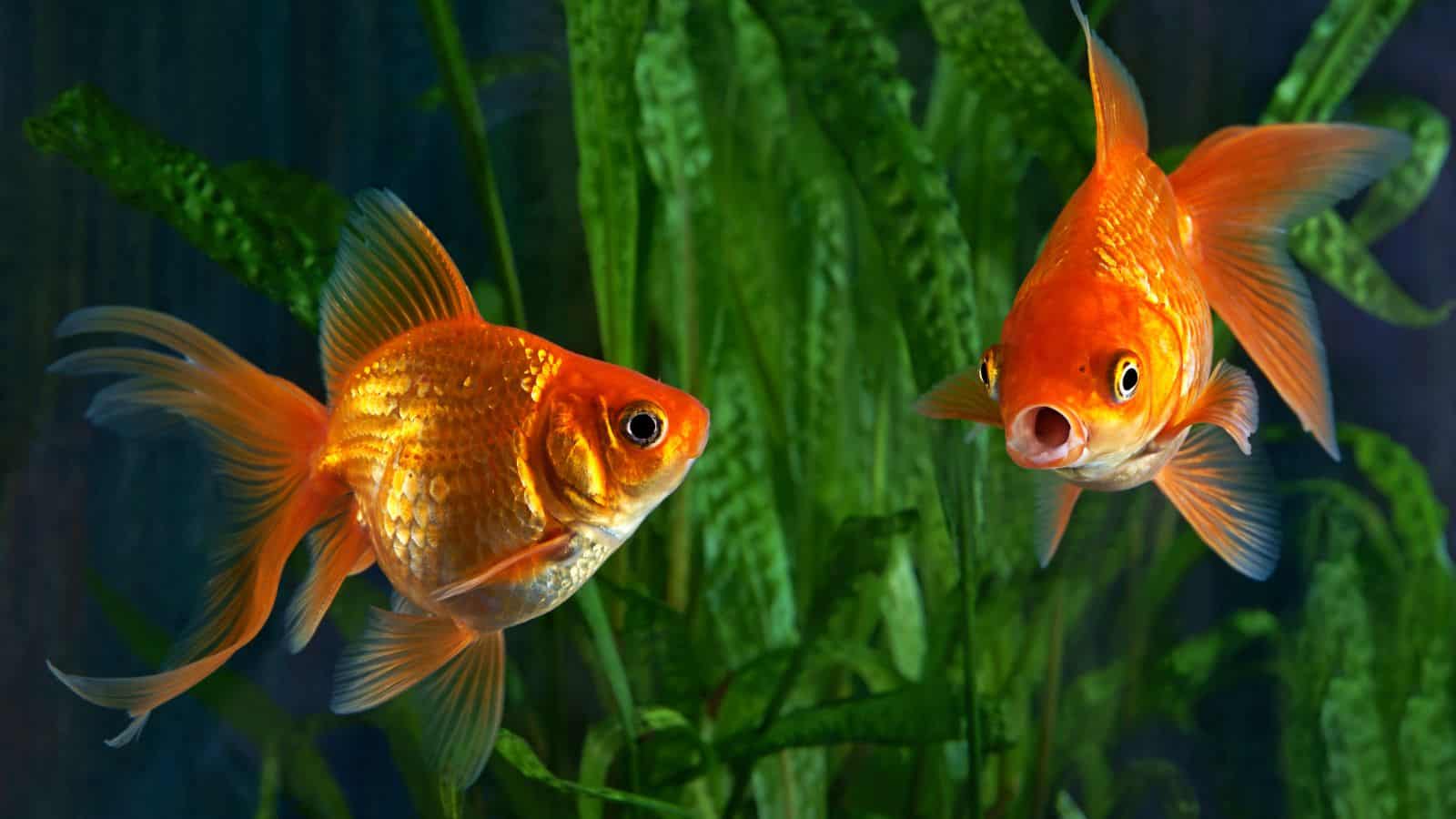
Poor goldfish, they’ve been unfairly labeled as forgetful. In reality, these little swimmers are smarter than we give them credit for. Research has shown that goldfish can remember things for weeks, even months. In fact, they’re actually capable of learning simple tasks and recognizing feeding times, so don’t underestimate their tiny brains.
Bulls Hate the Color Red
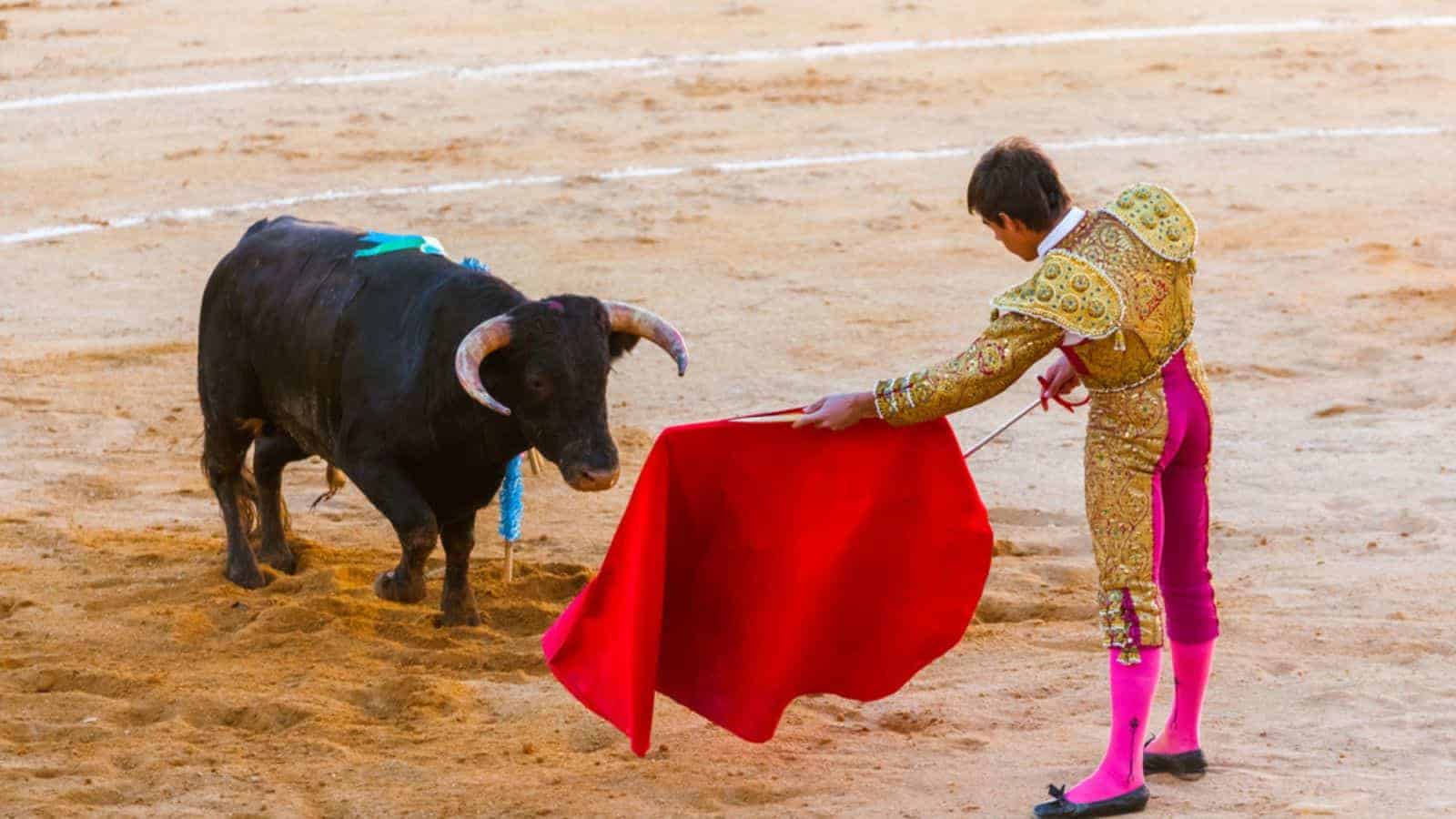
It’s not the color red that riles up a bull: it’s the movement. Bulls are actually colorblind to red and green, so the bright red cape used in bullfighting doesn’t bother them at all. What gets them charging is the way the cape is waved. Turns out, they’re reacting to motion, not color.
You Swallow Eight Spiders a Year in Your Sleep
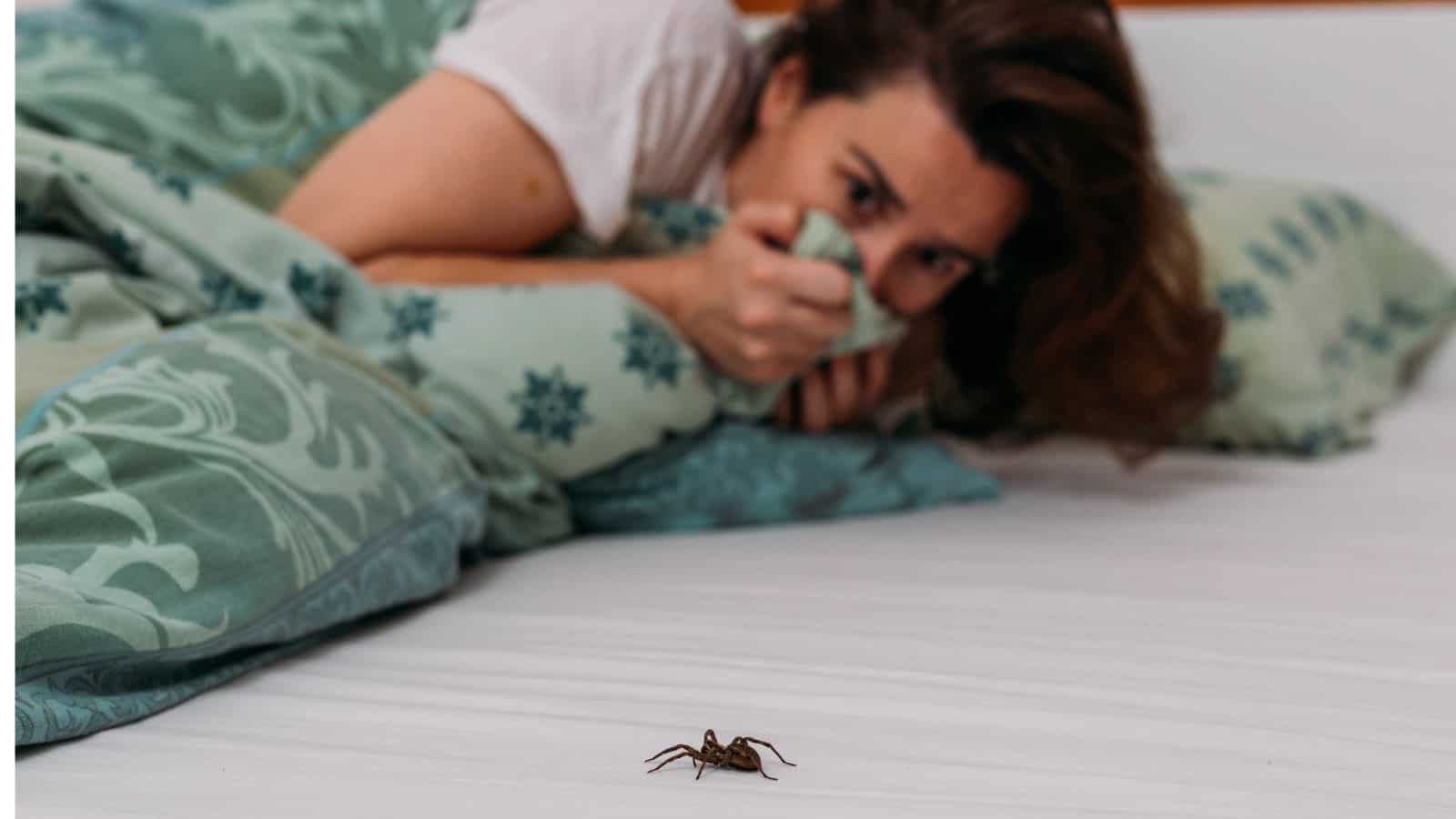
This creepy-crawly myth gives plenty of people nightmares, but there’s no truth to it. Spiders don’t have any interest in crawling into your mouth. The vibrations from your breathing and movement in your sleep are more likely to scare them away than invite them in. So, rest easy: your midnight snack isn’t a spider.
Lightning Never Strikes the Same Place Twice

This one might sound comforting, but it’s flat-out wrong. Lightning can and does strike the same spot multiple times, especially tall structures like skyscrapers or trees.
In fact, the Empire State Building gets struck dozens of times a year. It’s all about height and location, not some magical lightning rule.
The Great Wall of China Is Visible from Space

It’s a great story, but astronauts have debunked it. The Great Wall is incredibly long, but it’s not wide enough to be seen with the naked eye from space. In fact, it’s no more visible than any other large structure on Earth. However, with the right equipment, you might spot it, so there’s a little truth there.
Humans Only Use 10% of Their Brain
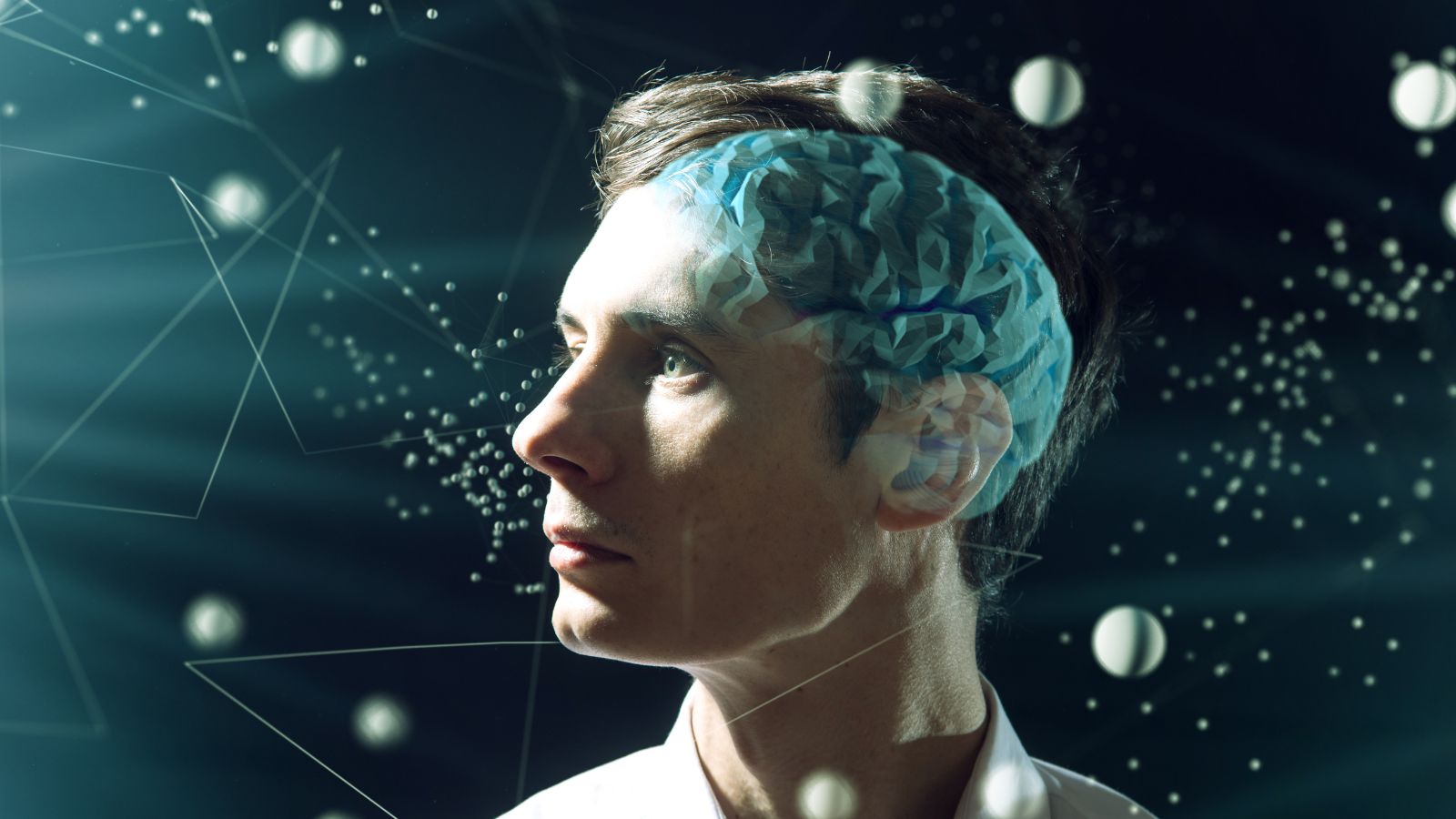
This myth has been repeated in movies, books, and pop culture, but it’s completely false. Brain scans show that we use virtually every part of our brain at some point, even while resting. The idea that we only tap into a small fraction of our brainpower might sound inspiring, but it’s not based on science.
Shaving Makes Hair Grow Back Thicker

Many people swear by this one, but it’s just an illusion. When you shave, the hair grows back with a blunt tip, making it feel coarser or thicker. However, the structure of your hair doesn’t change, and it won’t grow back faster or denser than before. It’s just how regrowth works.
Dropped Food Is Safe to Eat if You Pick It Up in 5 Seconds
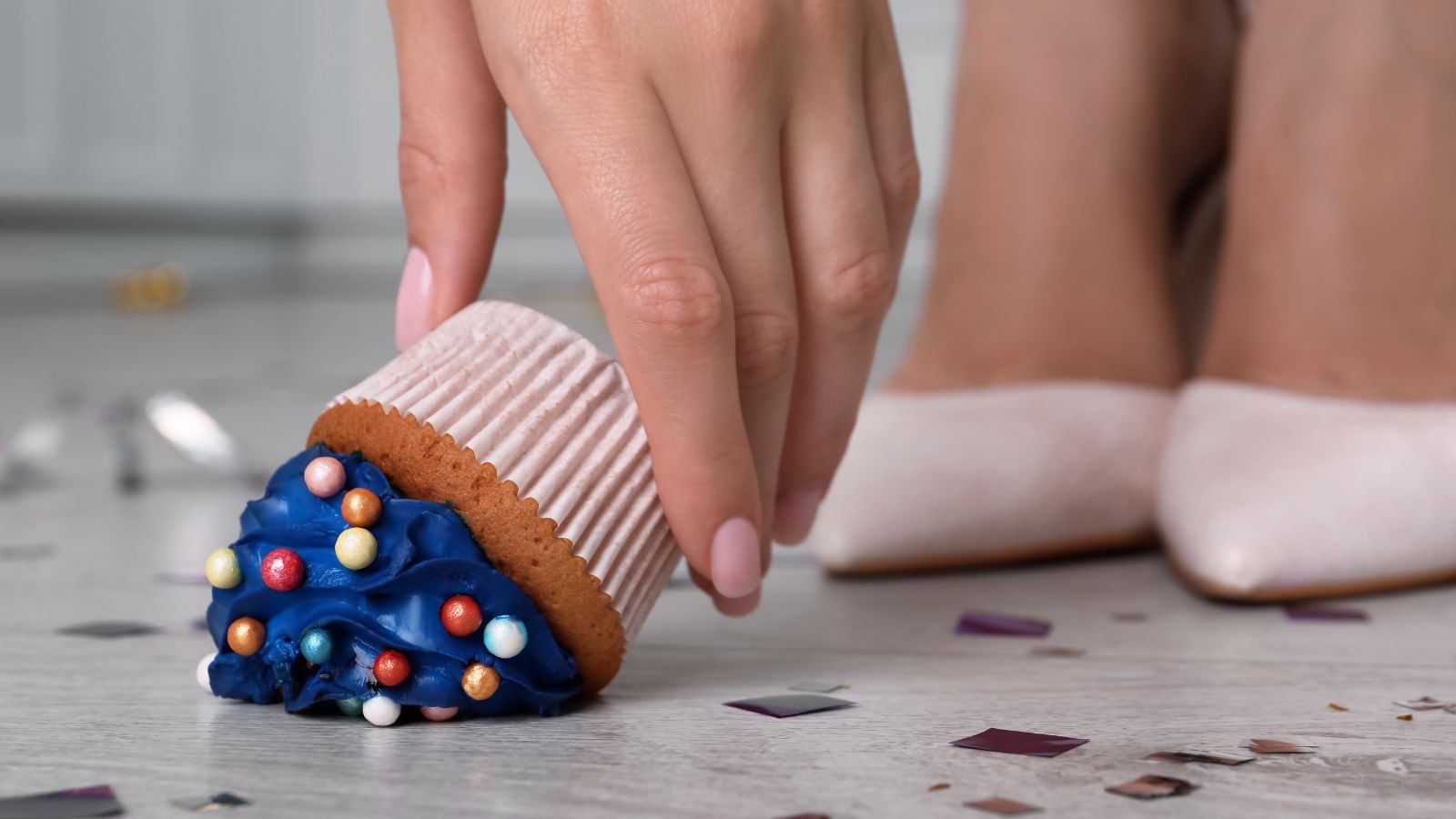
The infamous “five-second rule” might make us feel better about grabbing that cookie off the floor, but it’s not reliable. Bacteria can transfer to food instantly, depending on the surface it lands on. While a quick pickup might reduce exposure, it doesn’t make your food completely germ-free.
Chameleons Change Color to Blend In
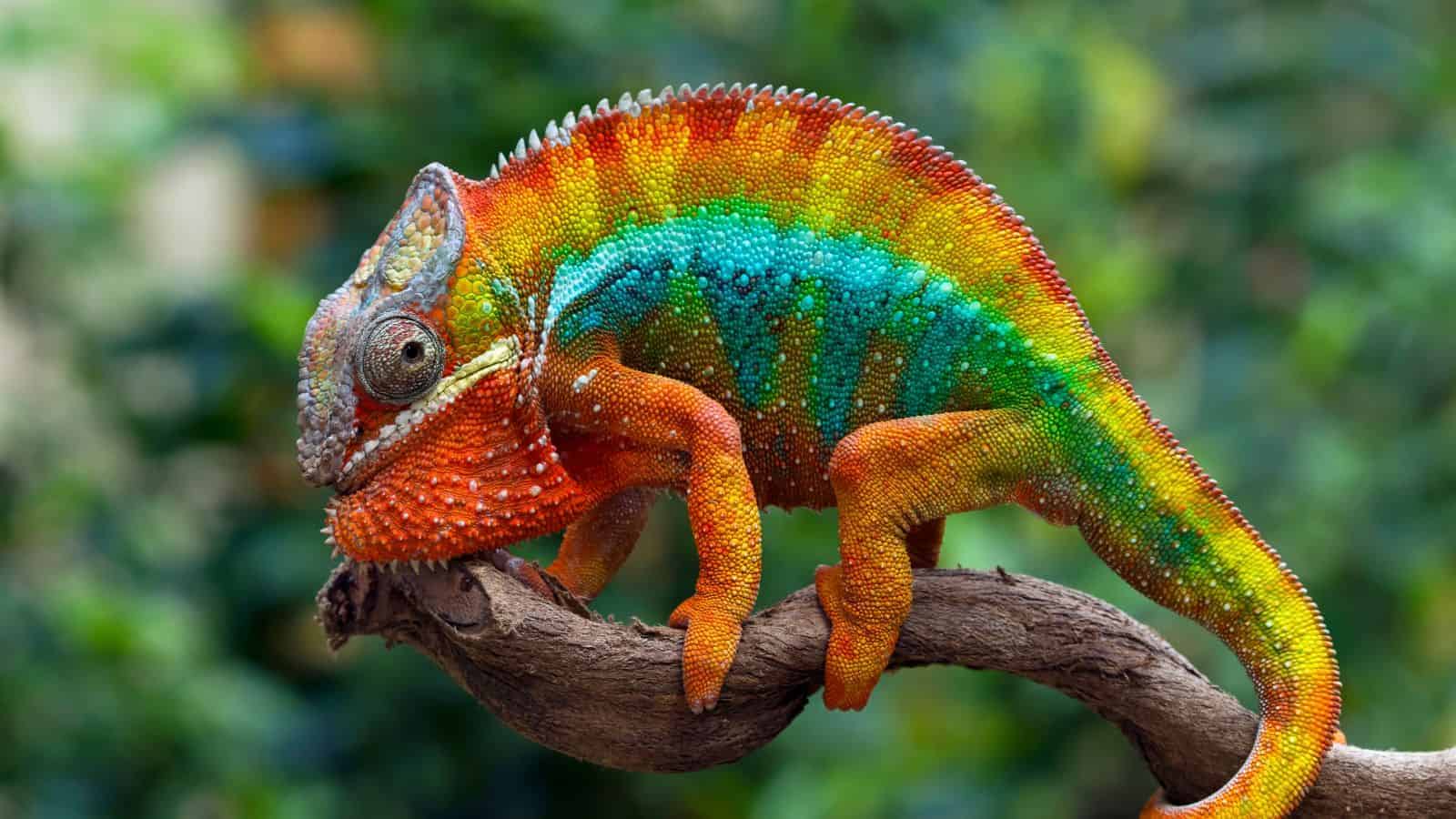
Chameleons are famous for their color-changing abilities, but it’s not about camouflage. They change colors to regulate their body temperature or communicate with other chameleons. Their natural colors often help them blend into their surroundings, but the dramatic shifts in hue are usually about mood or temperature, not hiding.
Eating Carrots Improves Your Eyesight

Carrots are healthy and packed with vitamin A, which is good for your vision, but sadly, they won’t give you superhuman eyesight.
This myth likely originated during World War II as propaganda to explain how British pilots had improved night vision, but it was actually due to radar technology. So while carrots are great, they’re not magic.
You Can See the Great Wall of China from the Moon

This one is often confused with the “space” myth, but let’s be clear: you can’t see the Great Wall from the moon either. The distance from the moon to Earth is so vast that no man-made structures are visible without a telescope. Even Earth’s continents are barely distinguishable from that far away.
Alcohol Kills Brain Cells

While drinking too much alcohol isn’t good for you, it doesn’t kill brain cells. Instead, excessive drinking can damage the connections between neurons, which affects how your brain functions. Moderation is key, but you’re not losing brain cells with every sip of wine or beer.
You Lose Most of Your Body Heat Through Your Head

This myth might make you reach for a beanie in winter, but it’s not entirely accurate. You lose heat from any exposed part of your body, not just your head. The myth likely started because your head is often uncovered in cold weather, making it feel like it’s losing more heat.
Bats Are Blind
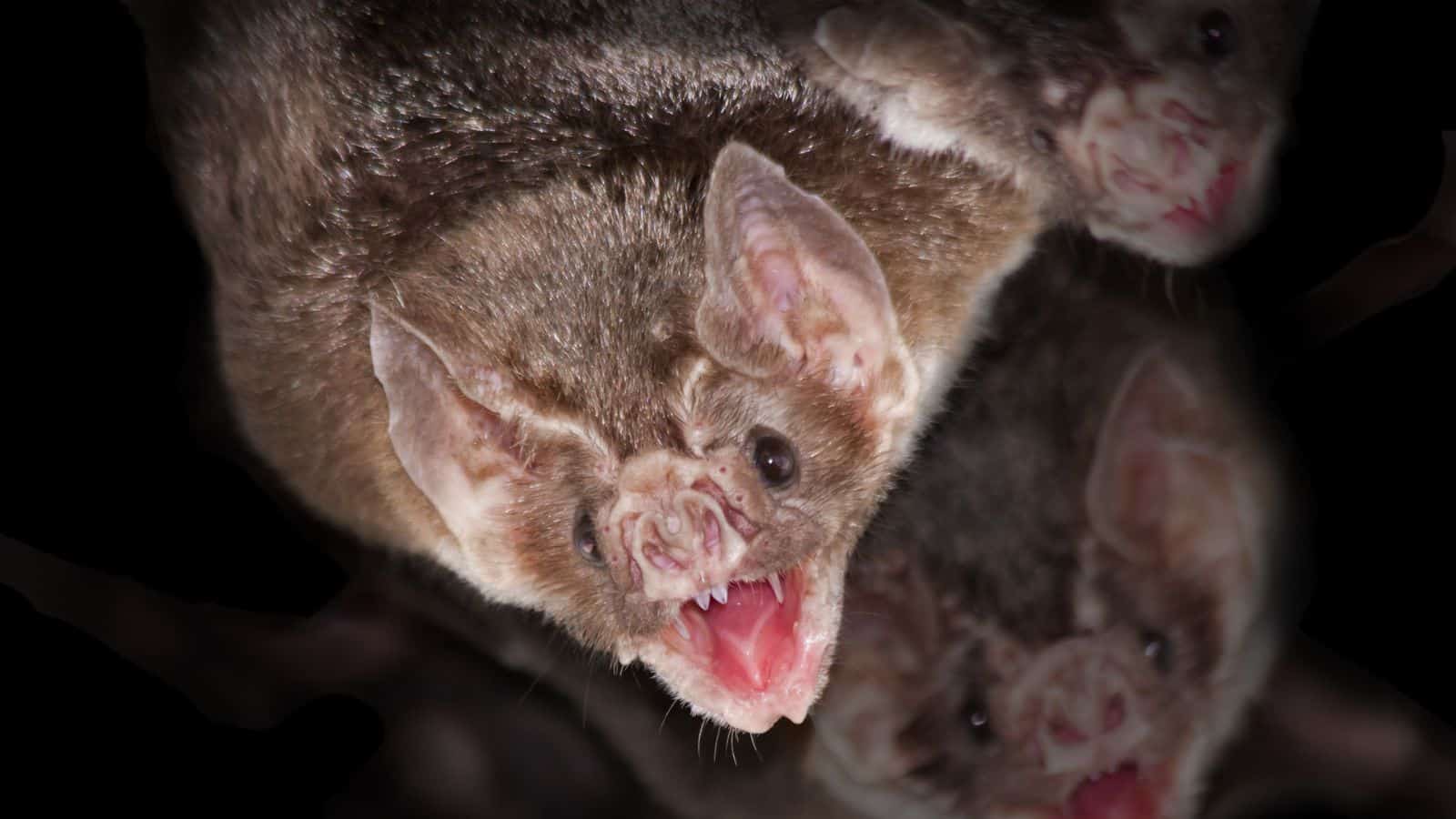
“Blind as a bat” is one of the most misleading phrases out there. In reality, bats can see just fine, though their vision isn’t their strongest sense.
They rely on echolocation to navigate in the dark, which is incredibly precise. Still, their eyesight is far from useless, especially during the day.
Gum Takes Seven Years to Digest

Swallowing gum isn’t ideal, but it doesn’t sit in your stomach for years. Your body can’t digest gum the way it does other foods, but it passes through your system like anything else. Within a few days, it’s gone, not stuck in your digestive tract for years on end.
Vikings Wore Horned Helmets

The iconic horned helmets associated with Vikings are purely a product of modern imagination. Historical evidence shows that Vikings didn’t wear these dramatic accessories in battle. The image likely comes from 19th-century operas and art, where horned helmets were used for theatrical effect.
Sugar Makes Kids Hyper

Parents everywhere blame sugar for their kids’ wild energy, but science doesn’t back this up. Studies have shown that sugar doesn’t directly cause hyperactivity in children. Instead, the excitement around parties, treats, or holidays is often the real reason for the extra energy.
Waking Sleepwalkers Is Dangerous
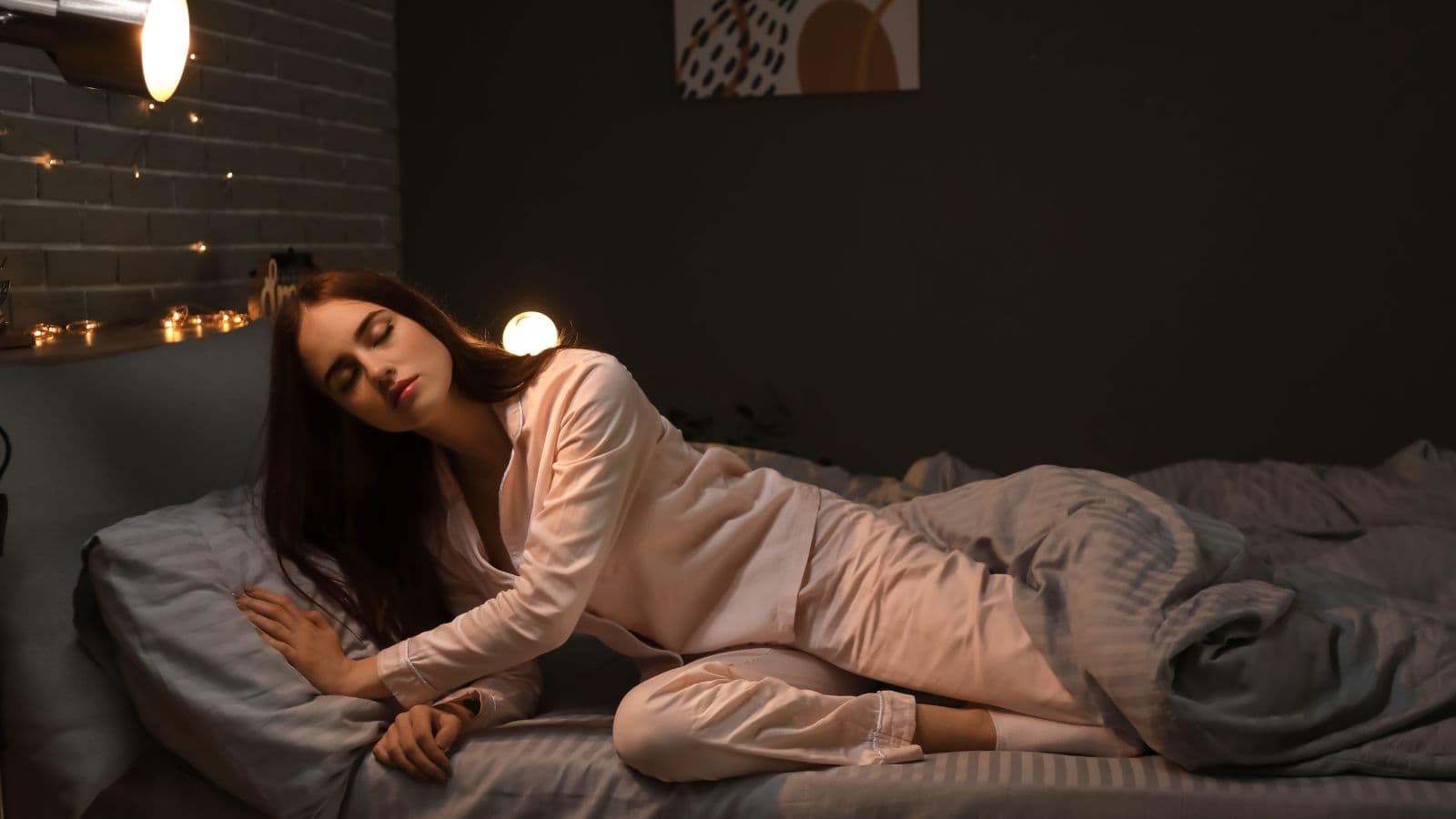
It might feel risky to wake someone who’s sleepwalking, but it’s not dangerous. The real concern is making sure they don’t hurt themselves while wandering. Gently guiding them back to bed is usually the best approach, but waking them won’t cause harm, even if they seem disoriented.
Hair and Nails Keep Growing After Death

This creepy myth is actually just based on an optical illusion. After death, the skin around hair and nails dries out and retracts, making it look like they’re still growing.
In reality, no biological processes continue after someone passes away, so your hair and nails aren’t defying the laws of nature.
